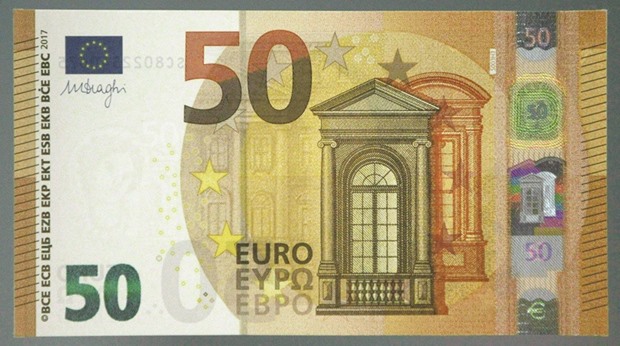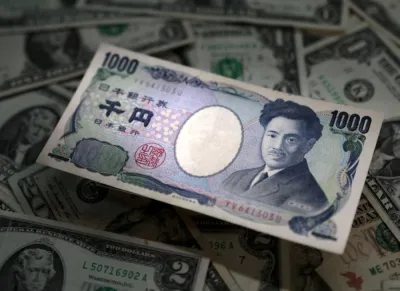The European Central Bank unveiled a new €50 banknote yesterday to replace its most widely counterfeited bill and reaffirm its commitment to the use of cash.
The new bill will go into circulation in April 2017 with vending, ticketing and other machines accepting it from day one.
Each banknote will have a life expectancy of around 4 years and cost between 6 and 10 euro cents each to produce.
Use of the €50 note has quadrupled in the past 15 years, with more than 8.5bn bills in circulation, reflecting a steady rise in cash spending in countries like Germany and Austria where many shoppers are suspicious of electronic payments that can be monitored by authorities.
They also prefer physical money that can be stored.
An average German will have around €100 in their wallet at any one time, and 80% of German and Austrian purchases are still done with cash, Germany’s Bundesbank estimates.
The comparable figure is less than 40% in the United States and about 20% in Sweden.
The new €50 bill with enhanced security features underlines the ECB commitment to cash as a trusted and efficient means of payment, ECB Executive Board member Yves Mersch said at the unveiling.
The ECB caused a stir earlier this year when it decided to discontinue the 500-euro note because of concerns that it was being used too often for illicit activities including money laundering.
The move was seen by many wary Germans and Austrians as a first step towards eliminating cash, an intent firmly denied by the ECB.
Yet the public outcry hinted at broad concern about the fallibility of banks and the need for readily available assets.

The new u20ac50 banknote presented at the European Central Bank (ECB) in Frankfurt am Main, western Germany.


